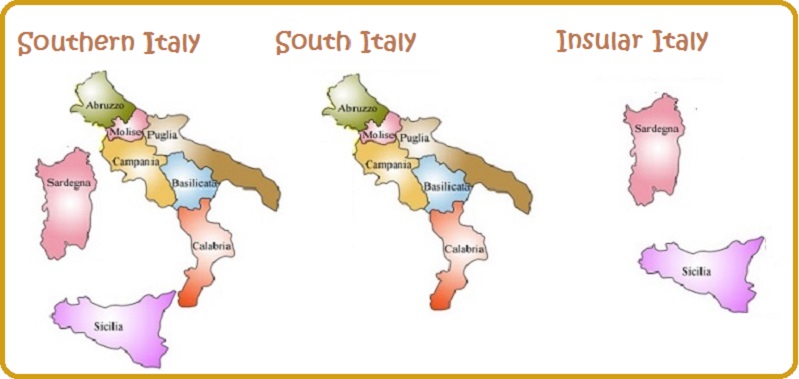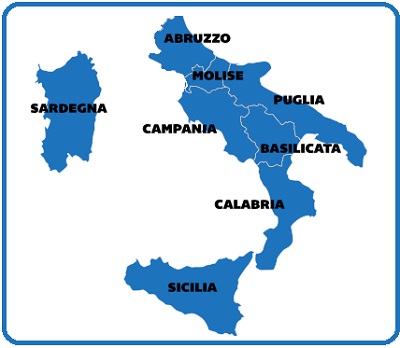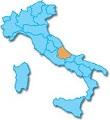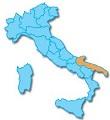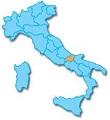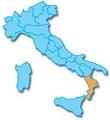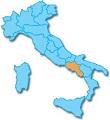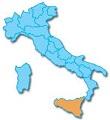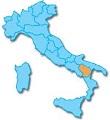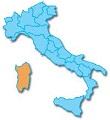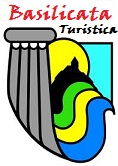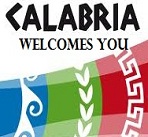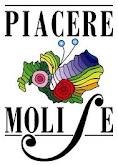
|
||||||||||||||||
Southern Italy
- The Regions - Glimpse of Southern ltaly - Visitors to southern ltaly find a rich array of archaeological remains.
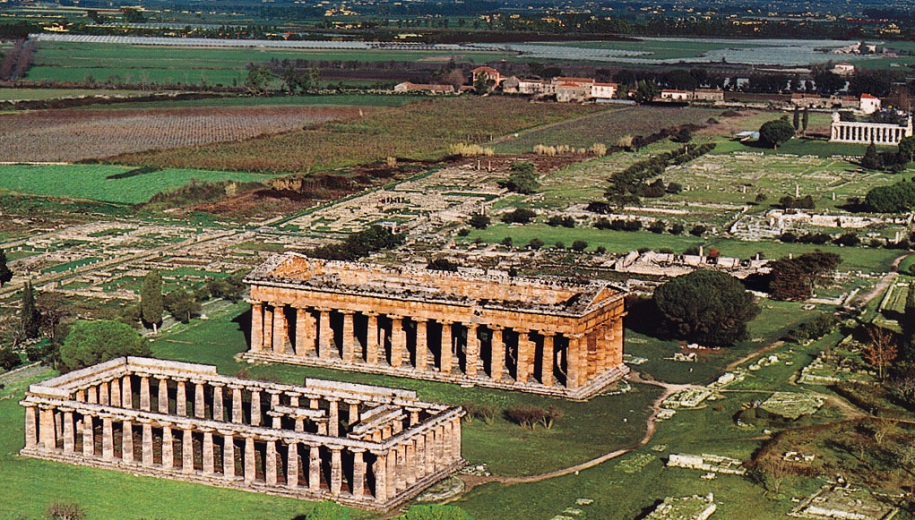 Although the Roman ruins at Pompei are the most famous of all, Greek ruins are found in Sicily and the southern coast , not to mention Sardinia's mysterious ancient structures called nuraghe.
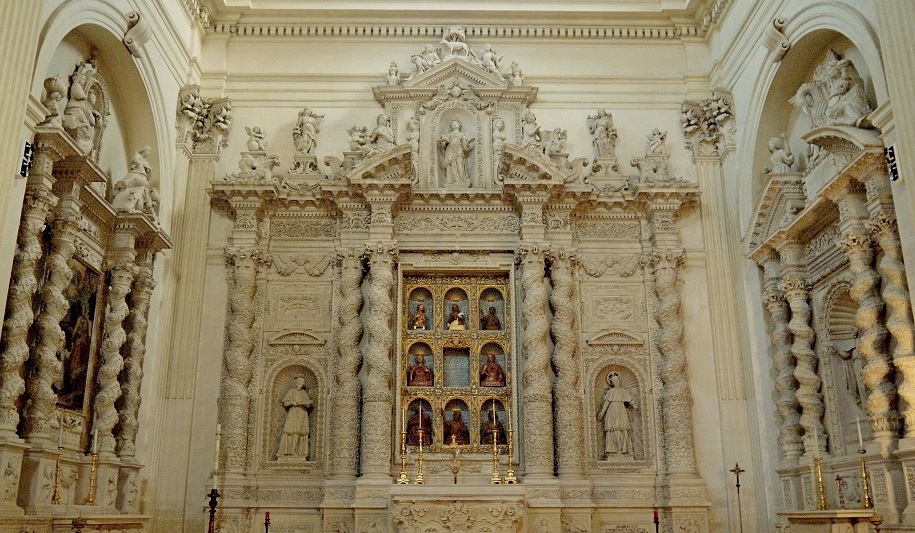 The regions of Campania, Puglia, and Sicily are admired for their architecture, while breathtaking landscapes, wildlife, and endless opportunities for outdoor activities can be found across other southerner regions such as Abruzzo, Molise, Basilicata, Calabria and Sardinia .
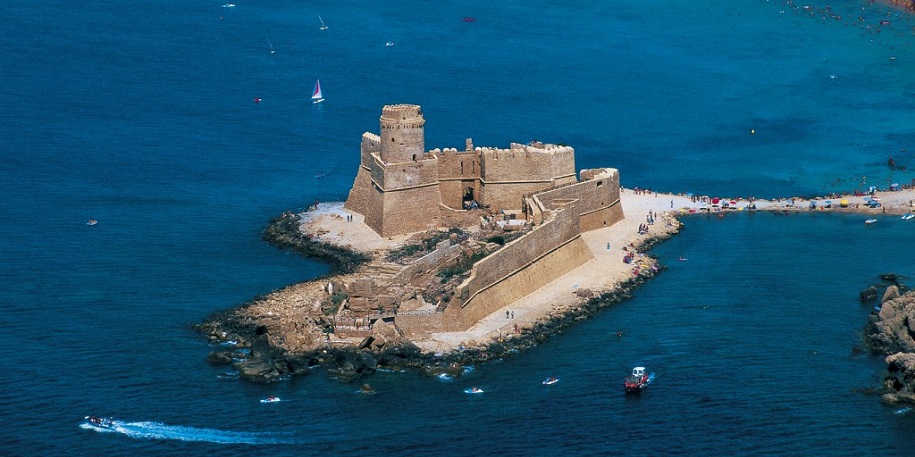 In our virtual tour , we will try to make perceptible and tangible to visitors the complexity of the landscape while unveiling the charm and mystery of Southern Italy's long history.
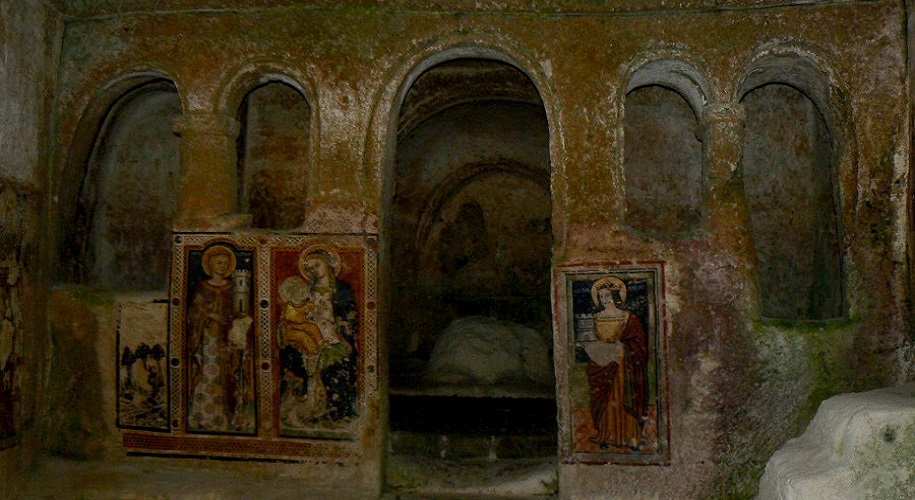 A history often sparkled with tales of myths and legends, gods and goddess and most important, the never ending quest to find a co-existing and productive balance with the harsh surrounding environment, waving over the centuries, the backdrop of our traditions and cultural heritage. 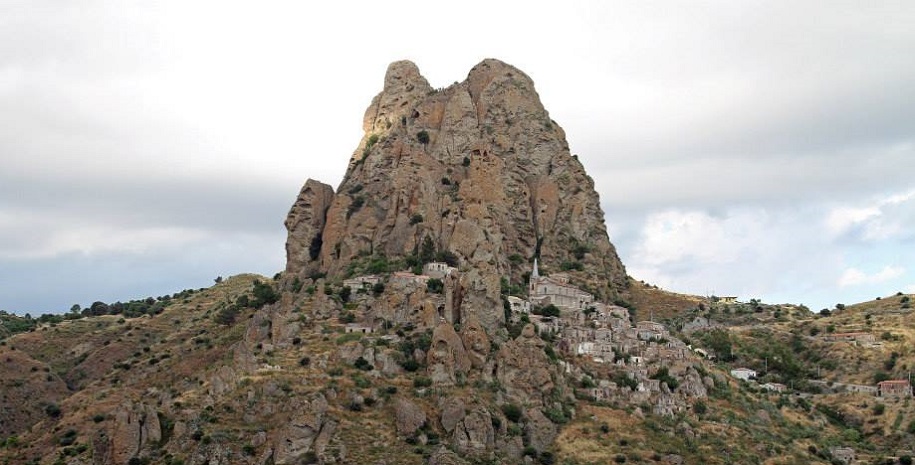 Lets get to know each other better !
Our mission : Guide the discerning traveler deeper into Southern Italy little places, the odd nooks and crannies that are largely unprofitable to write about, and along the way, introduce our visitors to our people, our traditions, our folklore & products of those places we will be "visiting".
|
||||||||||||||||

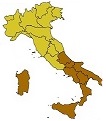 Southern Italy
Southern Italy